
Flag of Brazil Wikipedia
The national flag of Brazil , is a blue disc depicting a starry sky spanned by a curved band inscribed with the national motto "Ordem e Progresso" , within a yellow rhombus, on a green field. It was officially adopted on 19 November 1889 — four days after the Proclamation of the Republic, to replace the flag of the Empire of Brazil. The concept was the work of Raimundo Teixeira Mendes, with.
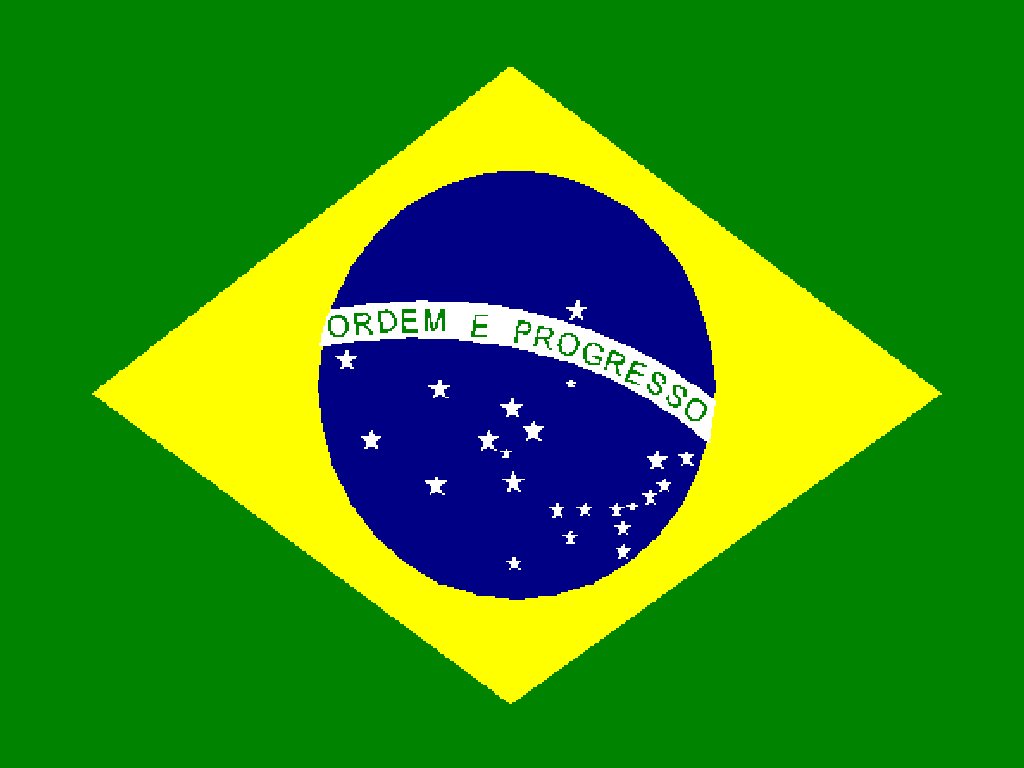
The Flag Of Brazil A Symbol Of Principle And Progress
A republic was proclaimed in Brazil in 1889, but modifications to the national flag were modest. The green and yellow were retained, but the imperial arms were replaced by a blue disk bearing a white band and a white star for each of the states; the blue and white colours were a reflection of the Portuguese origins of the nation (the two colours are found in Portugal's coat of arms).
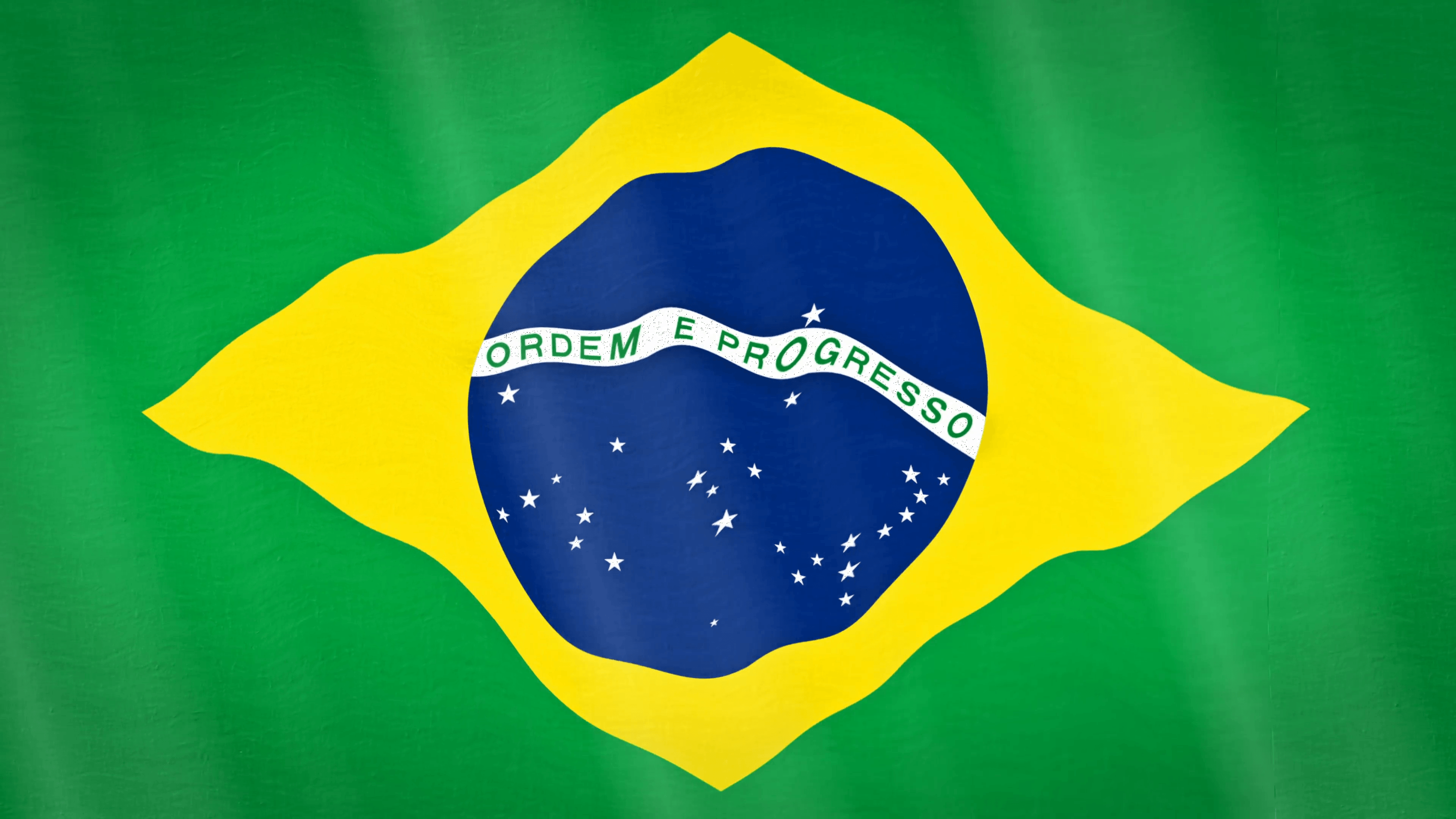
Brazil Flag Backgrounds Wallpaper Cave
The Brazilian flag is composed of a green rectangle, a yellow rhombus, a blue circle, a white stripe, white stars, and a national motto in green. The national motto is "Ordem e Progresso", which means order and progress and reminisces Brazil's independence movements. We celebrate Flag Day on November 19.

Brazilian Flag 1 Free Photo Download FreeImages
The flag of Brazil is also known as the Green Yellow, or Bandeira do Brasil in Portuguese as well as the Gold-Green (Auriverde). Irrespective of how you choose to call it, this flag is a symbol of the unity and aspirations of the Brazilian people. This flag was adopted on 15th November 1889 when the country gained independence from the Portuguese, they declared their state as the empire of Brazil.
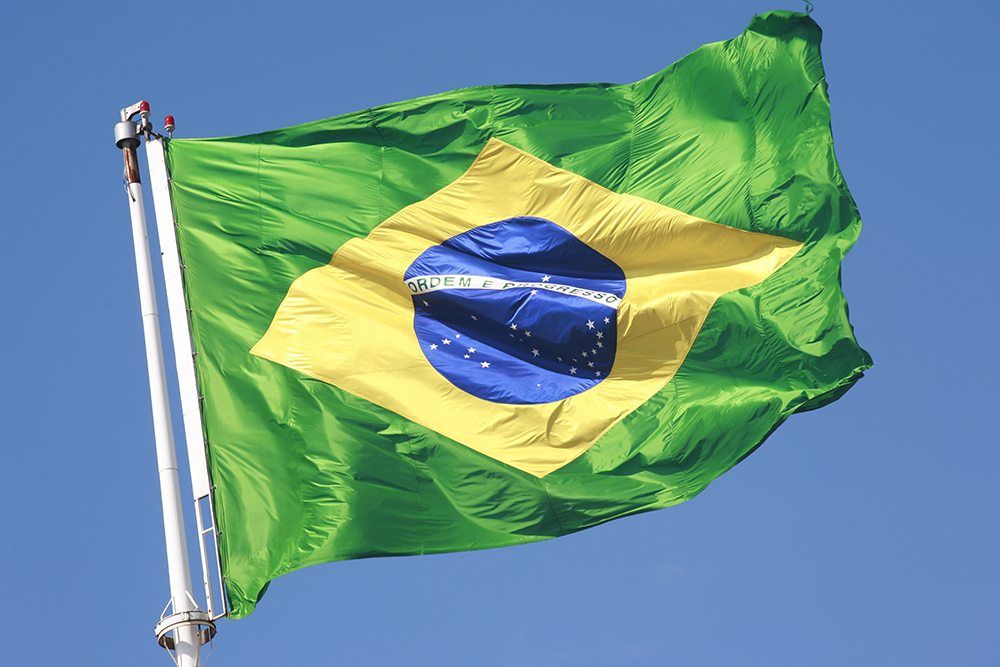
Flag Of Brazil Collection of Flags
Flag of Brazil. 🇧🇷 Brazil Emoji; Download flag of Brazil; The draft of the Brazilian flag was designed by professor Teixeira Mendes together with several astronomers and painter Decio Vilares. The flag has truly unique design - the globe in the center of the flag shows the night sky exactly as it could be observed on November 15, 1889 at.
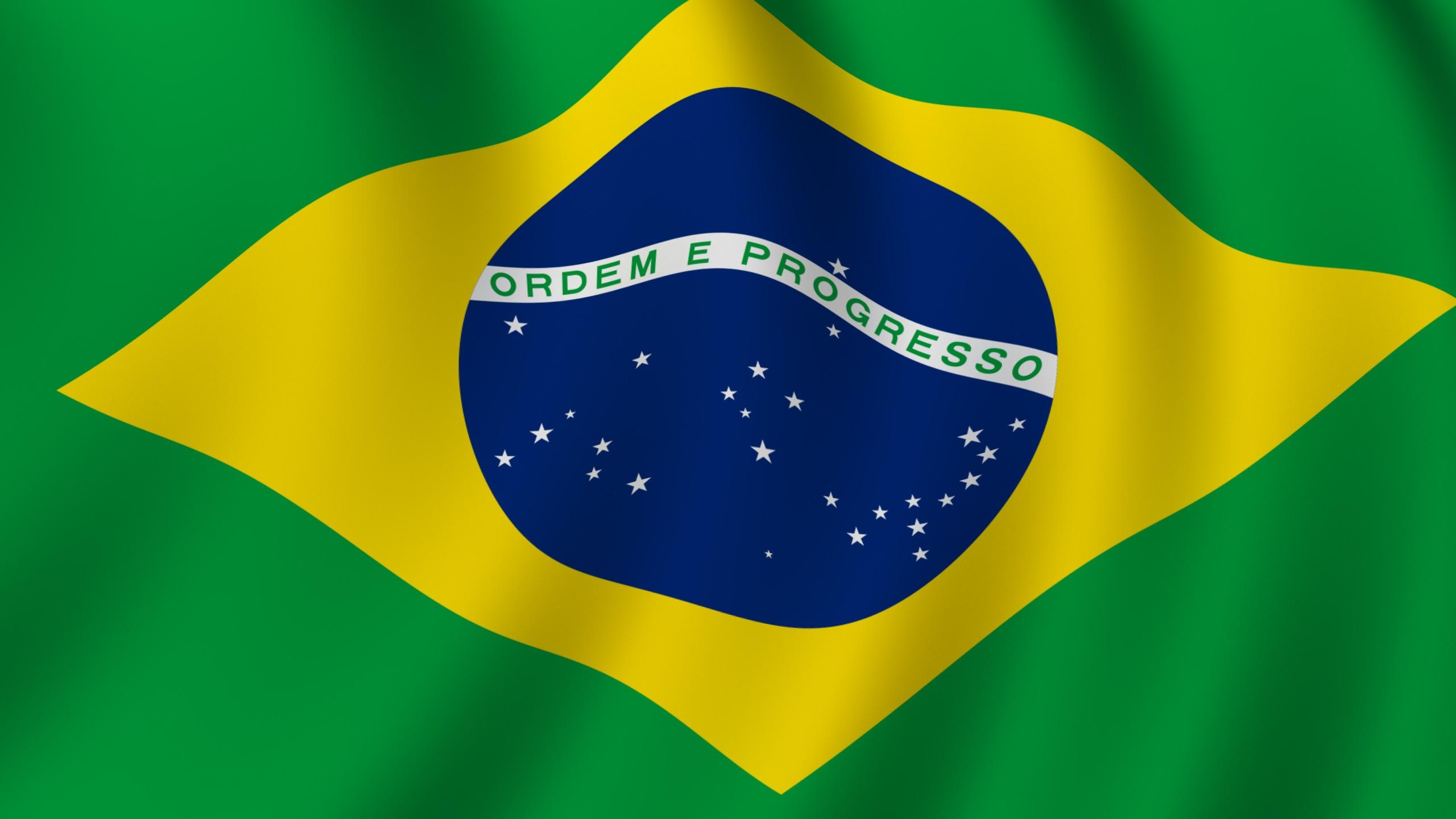
The Flag Of Brazil A Symbol Of Principle And Progress
The first Brazilian flag appeared in 1822. The French artist Jean-Baptiste Debret made the main green cloth with a yellow diamond in the center. Inside the figure was a wreath of coffee and tobacco sprigs, which framed a picture of the Order of Christ and an armillary sphere with 19 stars in a circle. Above them was a crown of the monarch with.
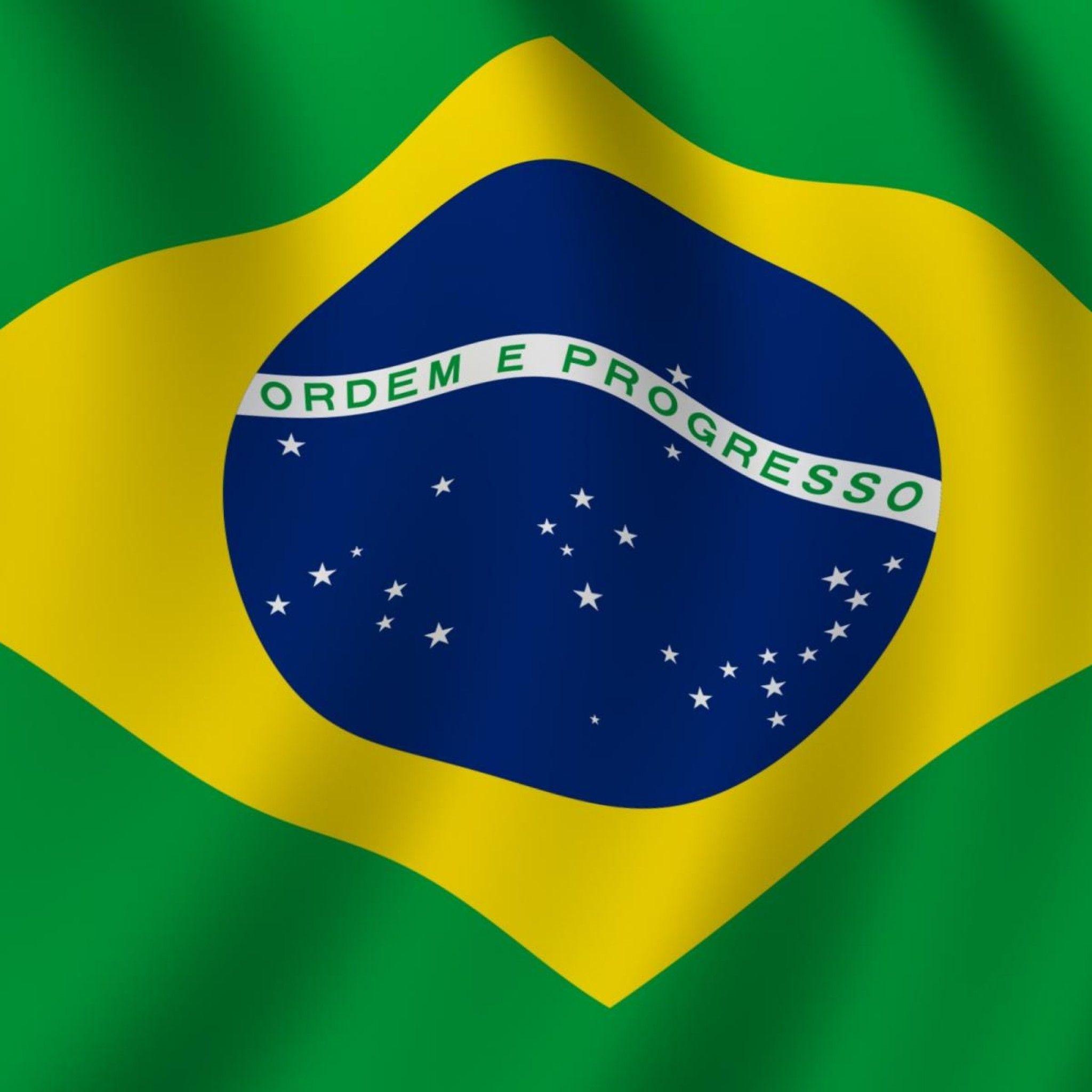
Brazil Flag Wallpapers 2015 Wallpaper Cave
April 13, 2023 by Mahmood Rehan. The Brazil National Flag is a symbol of pride and history for its people. The vibrant green, yellow, and blue colors represent the country's lush forests, abundant sunshine, and vast oceans. In this article, we will explore the history and significance of the Brazil national flag, as well as the meaning behind.
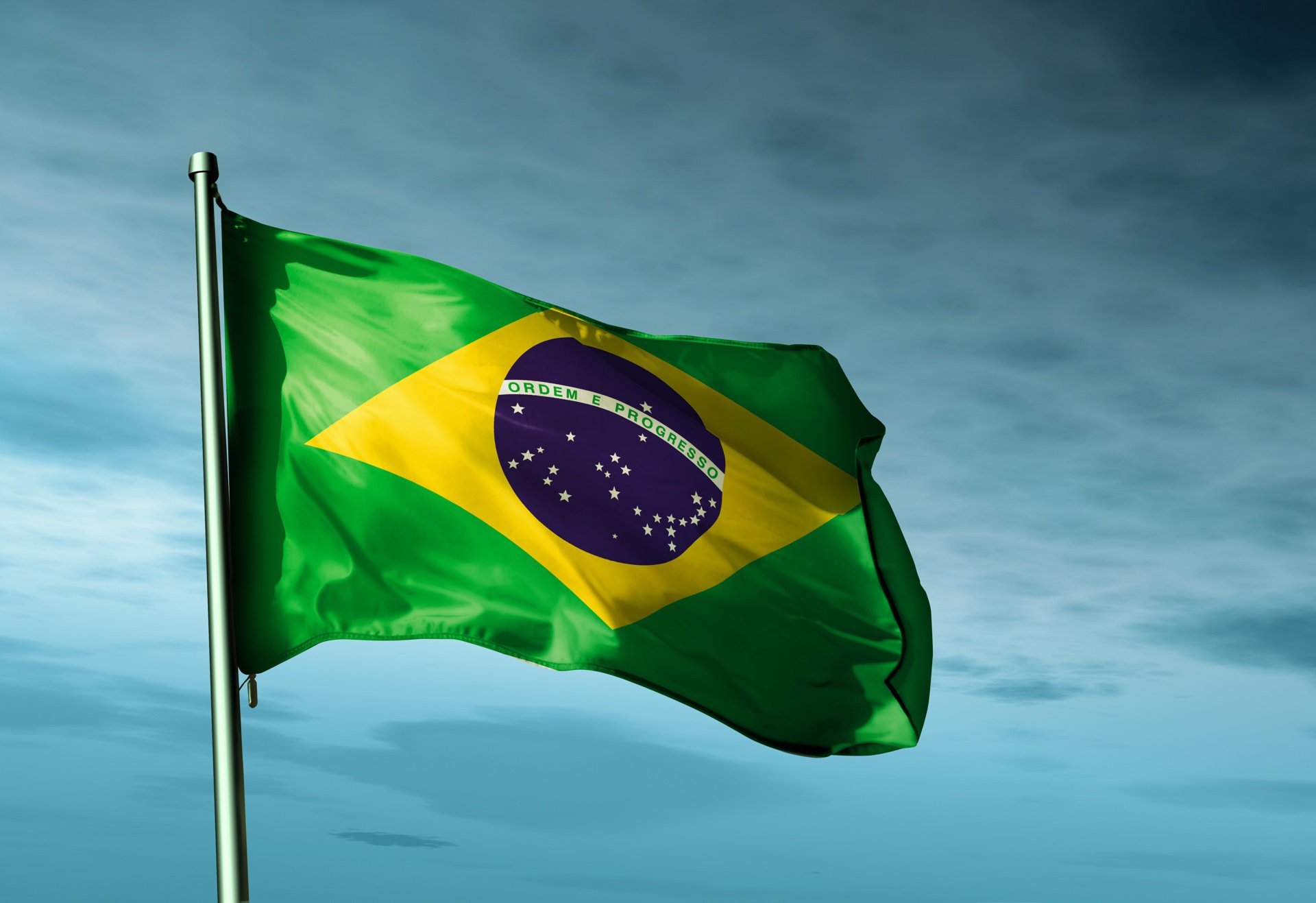
Brazil Flag
The "retrofitted" flag was designed by a commission of artists led by Raimundo Teixeira Mendes. It was presented to Marshal Deodoro da Fonseca, Brazil's first president, who approved the creation on November 19, 1889, four days after the proclamation of the republic. November 19 has since been declared Flag Day.

Brazil National Flag
Flags of Brazil. 1822: Flag of the Independent Kingdom of Brazil. 1870: Created after Brazil's declaration of independence, this is the first flag of the empire of Brazil. 1889: The Provisional flag of The Republic of the United States of Brazil flew on November 15-19 of that year. 1889: The first version of Brazil's National Flag as an independent nation. 1960: Modification of the Flag to.
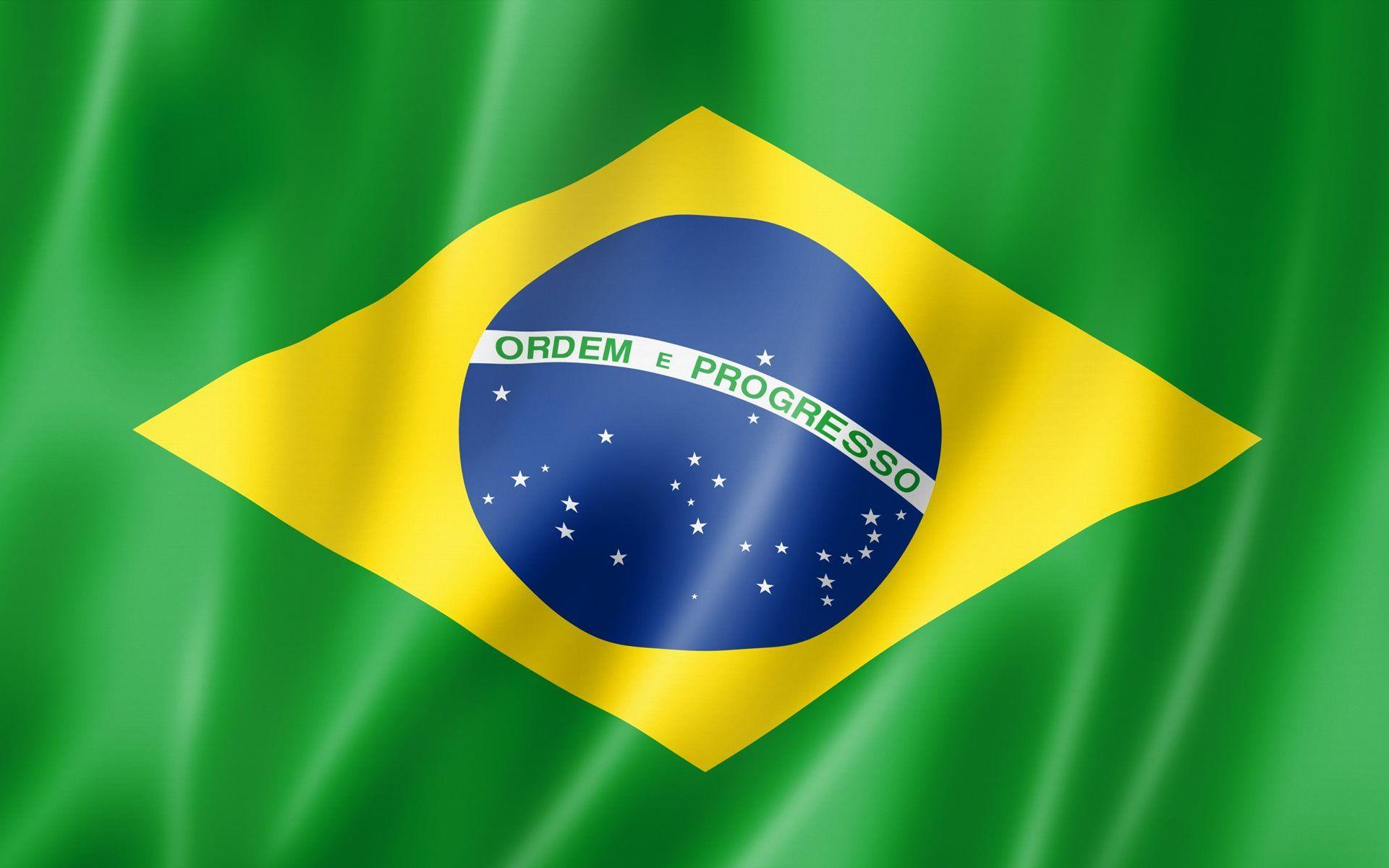
Brazil Flag HD Wallpapers Wallpaper Cave
Nowadays, the Brazilian flag has a total of 27 stars. The meaning behind the slogan . The slogan - Ordem e Progresso (Order and Progress) - was the underlying theme in Latin America for having a successful democracy. Brazilian politicians considered that democracy was the best way to govern a country, yet in order for it to work it needs an.
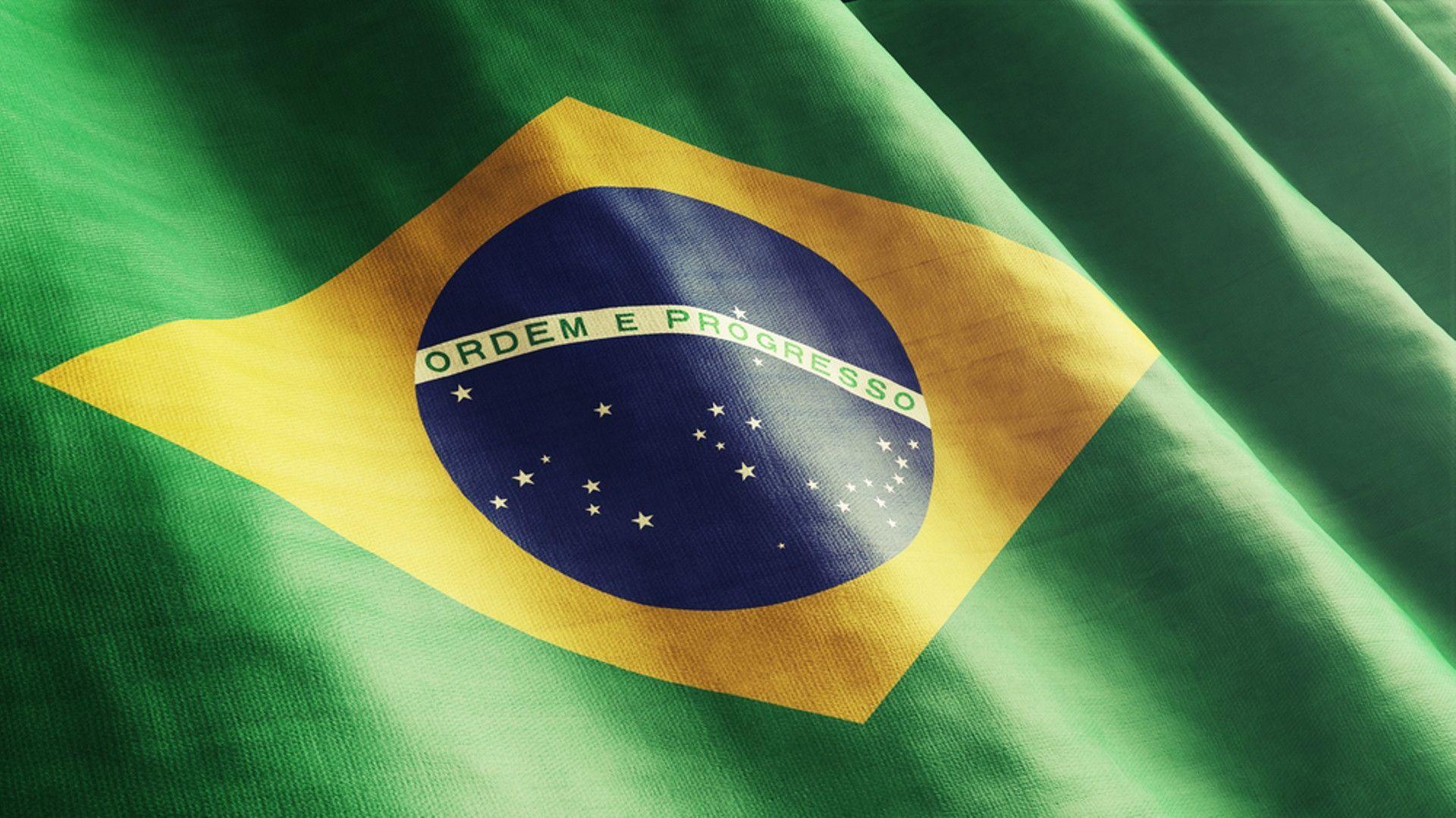
Brazil Flag Wallpapers Wallpaper Cave
The Brazilian flag is a symbol of national pride, representing the country's history and identity. It is composed of a green field with a large yellow diamond in the center. Inside the diamond are 27 stars that represent Brazil's 26 states and its federal district. The blue circle inside the diamond contains the motto "Ordem e Progresso.
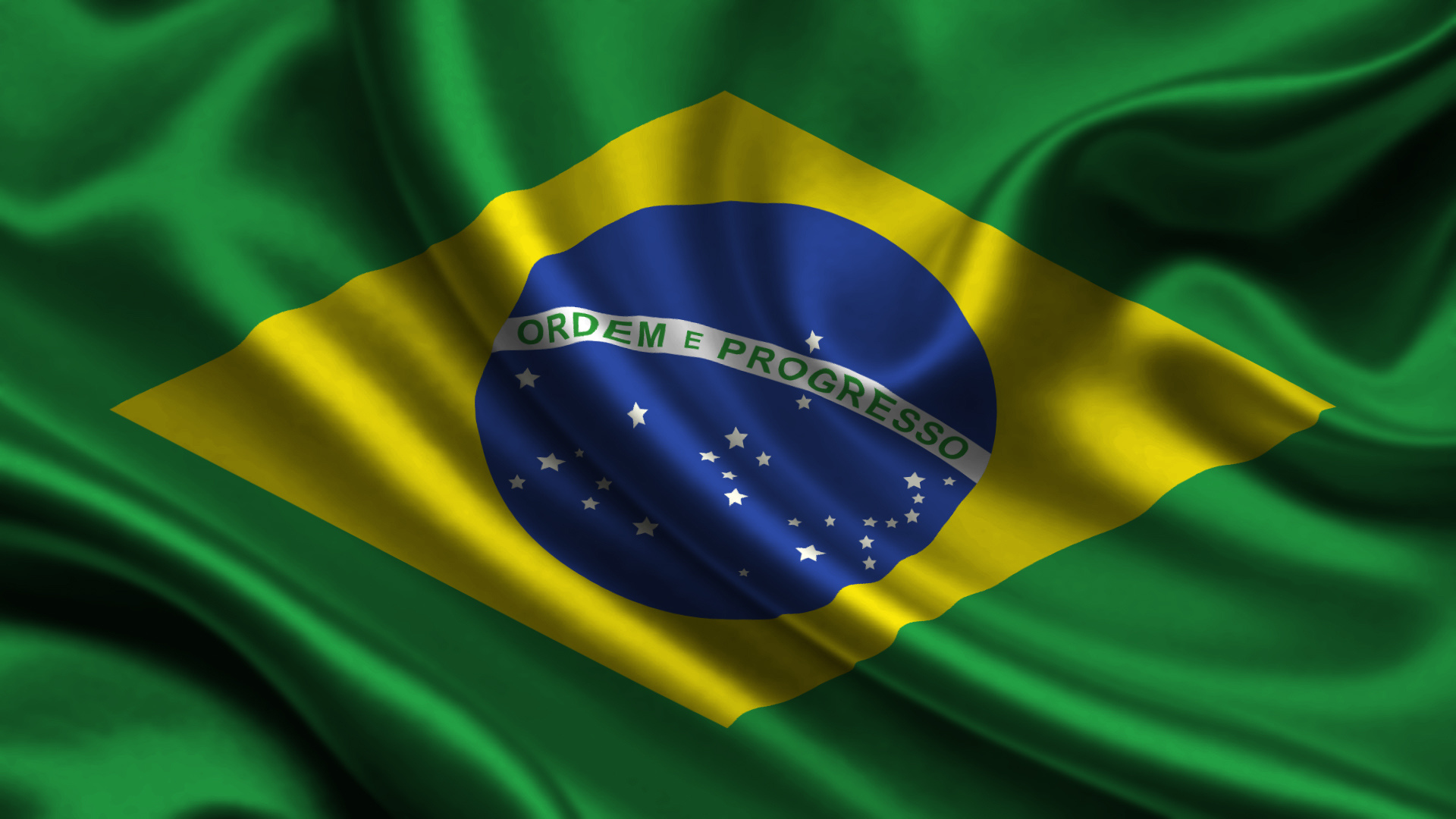
The Flag Of Brazil A Symbol Of Principle And Progress
Brazil Flag Meaning and Design. November 19, 1889, Brazil formally approved this design for its national flag. The Brazilian flag is the most stimulating flags. It comprise of a field, a rhombus, and a globe with a glittery sky. In addition, the flag has the national motto "Order and Progress.". The design has lots of connotation behind it.
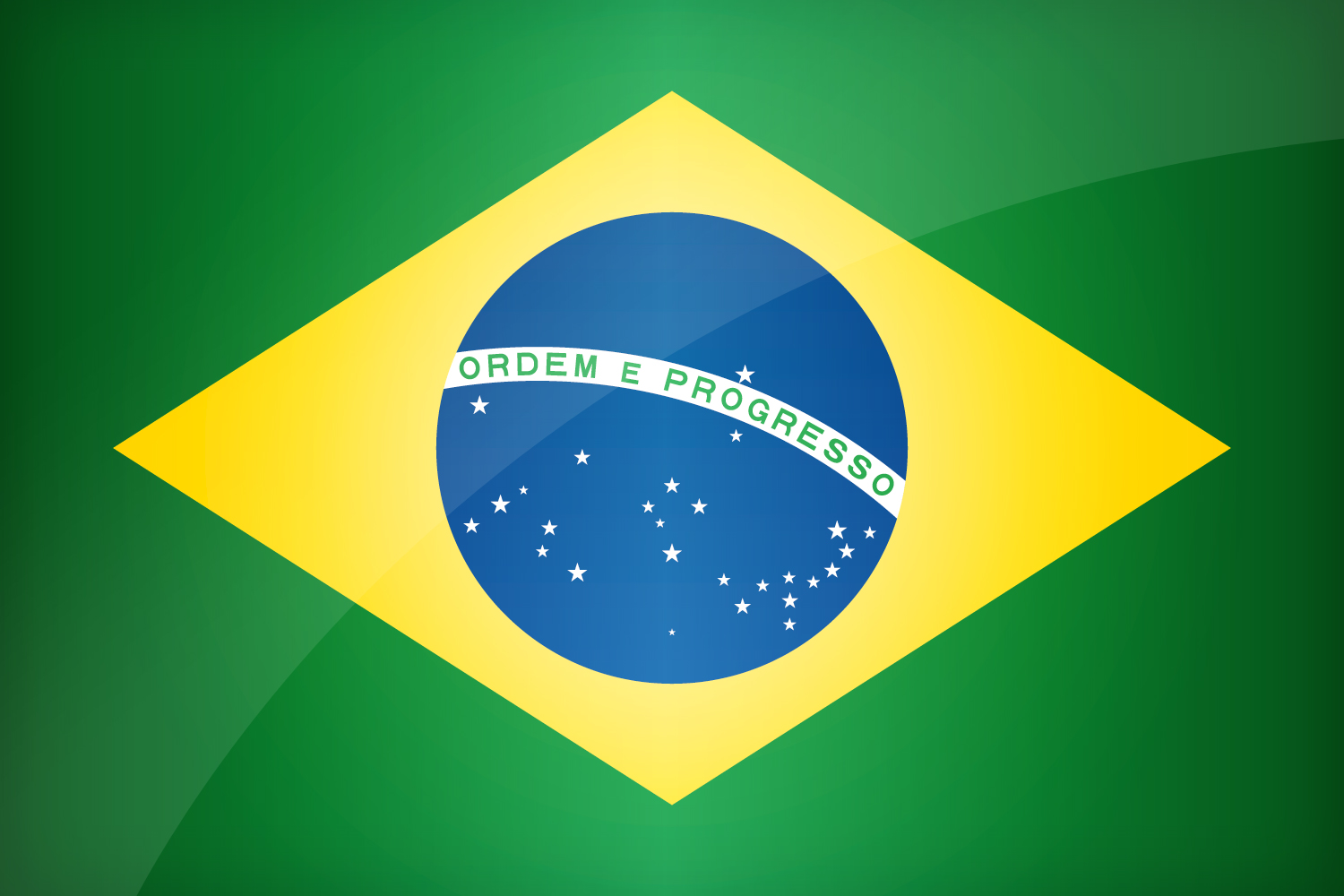
Flag Brazil Download the National Brazilian flag
The flag has a height-width proportion ratio of 10:7. History of the Flag of Brazil . The first Brazil flag was created during the Empire of Brazil. On September 7, 1822, a few days after the country's independence from Portugal, the first Brazilian flag was presented to the country.
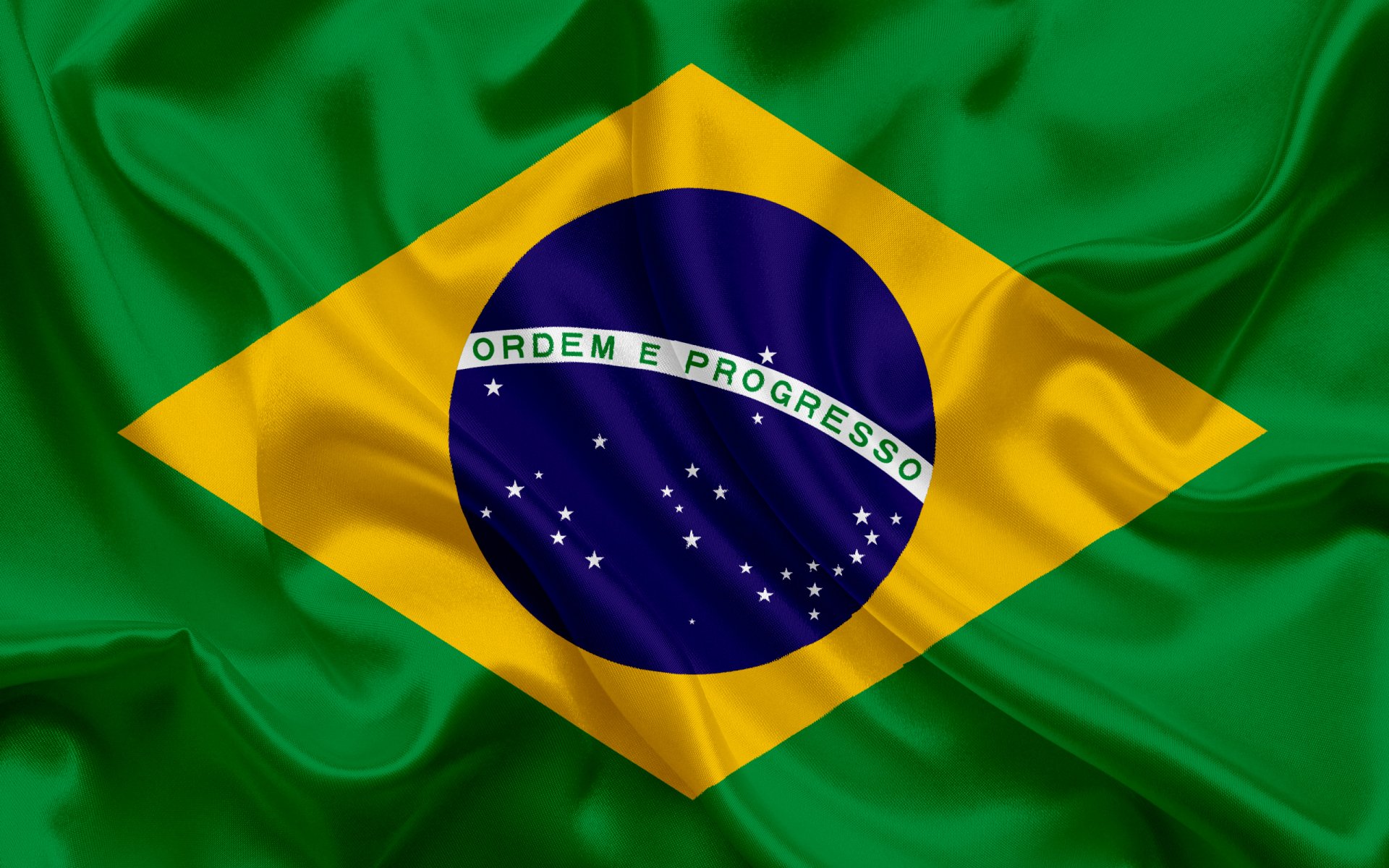
Misc Flag Of Brazil HD Wallpaper
Brazil flag image Brazil national flag: the story behind the flag. The first Brazil flag was created during the Empire of Brazil. Only a few days after the country's independence from Portugal, which took place on September 7, 1822, the first Brazilian flag was created and presented to the country.
Brazil Flag Wallpaper HD
The current Brazilian flag features a green background, on which is superimposed a yellow rhombus with a blue circle at its center. The blue circle features a scattering of stars, representing the night sky, and a white stripe with the words of the national motto Ordem e Progresso (order and progress).. Brazil's flag and its name are attributed to the Portuguese expression verde e amarela.
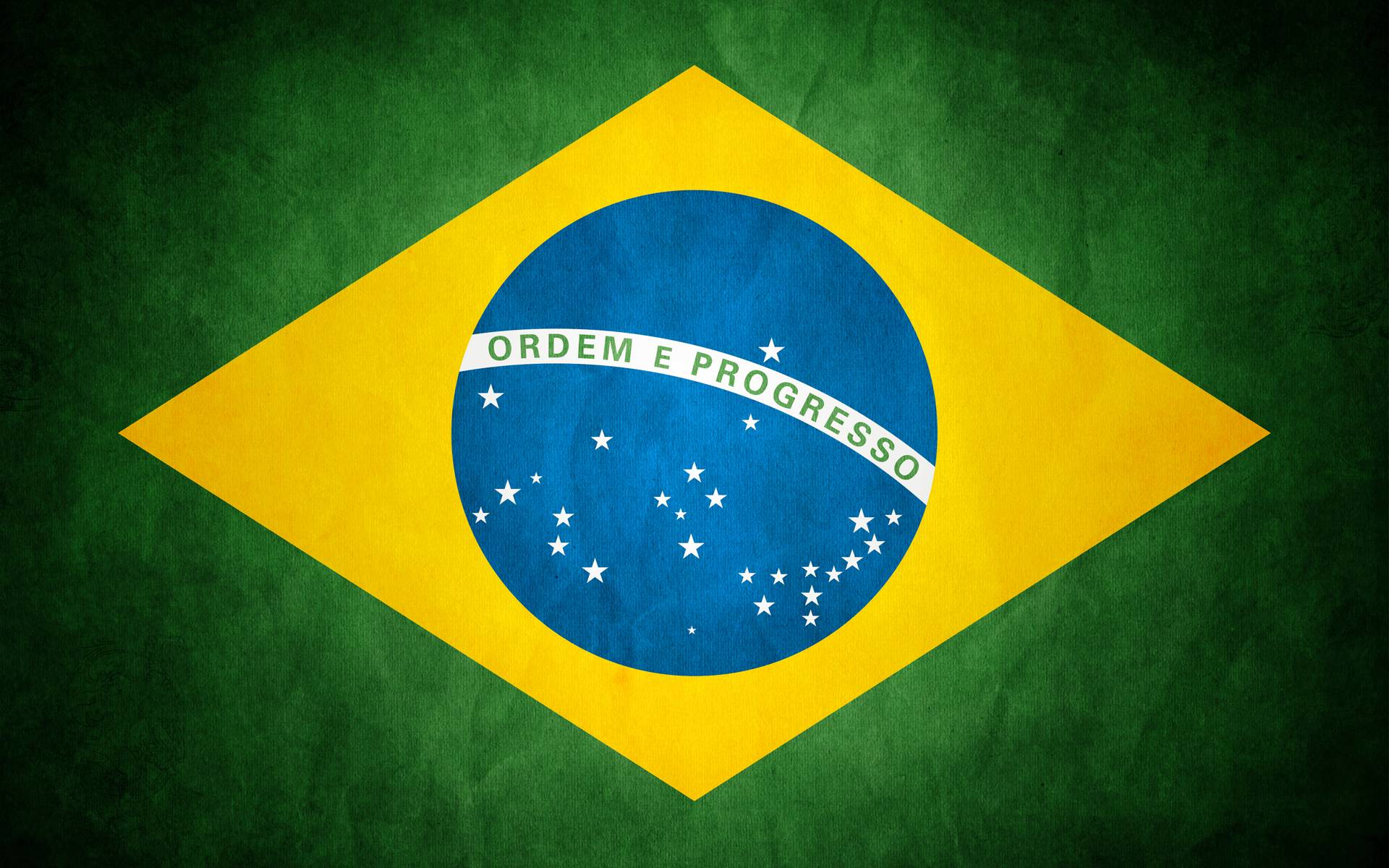
Brazil Flag Wallpapers Wallpaper Cave
flag of Brazil Portuguese bandeira do Brasil ), is a blue disc depicting a starry sky (which includes the Southern Cross) spanned by a curved band inscribed with the national Ordem e Progresso " ("Order and Progress"), within a yellow rhombus, on a green field. It was officially adopted on 19 November 1889 — four days after the Proclamation.